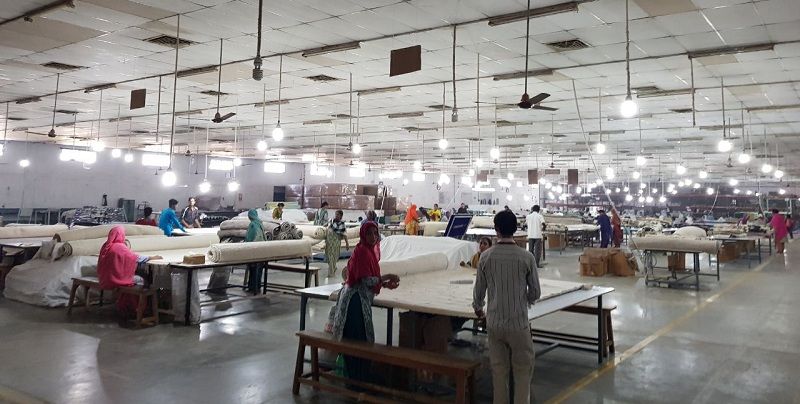Ecommerce segment drives the demand for warehouse leasing in India, says report
CBRE says demand for warehouse leasing in India is likely to touch almost 60 million square feet by 2020 from 25 million in 2018 with ecommerce being one of the key drivers.
The country’s warehouse leasing market, which grew by more than 45 percent in 2018, has witnessed the ecommerce industry driving up the demand, and this momentum is expected to continue in the years to come, according to a report by CBRE.
CBRE South Asia, a leading real estate consulting firm, in its latest report “Online retail driving realty – elevating the ecommerce game” said that the share of ecommerce in the overall warehousing leasing has risen from 10 percent in 2017 to 23 percent in 2018.
Anshuman Magazine, Chairman and CEO, India, South East Asia, Middle East and Africa, CBRE, said: “The sector has seen unprecedented growth and we expect supply to touch almost 60 million sq. ft. by the end of 2020. Innovative technologies, coupled with viable government reforms such as GST and other global collaborations will further push the envelope of development for the Indian logistics sector and given the dynamics at play, demand and supply are both poised to burgeon in the coming years.”

The warehouse leasing crossed 25 million square feet mark in 2018, which was more than 45 percent year-on-year growth.
According to CBRE, ecommerce warehousing in the long run is likely to see a greater number of ecommerce companies and retailers collaborating and share fulfilment centres to rationalise costs.
This is expected to lead to mushrooming of small-scale warehouses, especially in regions close to highly-populated residential catchments. Omni-channel retail will further drive warehouse demand from companies seeking deeper access to more neighbourhoods, the report said.
The consolidation by leading players led to the average size of warehouse leasing by e-tailers going up by 2.3 times in a year – averaging around 170,000 sq.ft in 2018.
This overall increase in demand will also witness considerable spike from the supply side. This is likely to result in improved quality of supply as large-scale tech-backed logistics facilities are coming up around the country, at par with established global standards.
While the overall warehousing supply (grade A and inferior grade) for the sector is expected to be around 60 million sq. ft. till 2020 end, at least 22 million sq. ft. of this supply is estimated to be in the grade A category.
Commenting on the growth of the sector, Jasmine Singh, National Head – Industrial & Logistics, CBRE said, “We anticipate warehouse leasing activity to remain vibrant going forward, driven by continued demand from e-tailers, policy impetus, and growing demand from Tier-II cities. Modern tech-powered warehouses will rule the roost, pushing inferior grade properties down the demand pyramid.”













